User Login




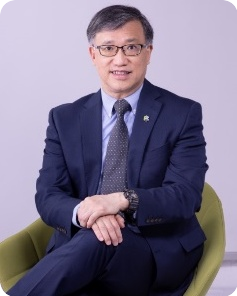
Biography
Prof. K. F. Chung is an internationally renowned academic, researcher and structural engineer with established expertise in steel construction. Prof. Chung obtained his bachelor degree from the University of Sheffield, and his doctoral degree from the Imperial College of Science and Technology in London. He worked at the Institute of Steel Construction in the U.K. for six years before his return to Hong Kong. Currently, Prof. Chung is a Professor at the Department of Civil and Environmental Engineering of the Hong Kong Polytechnic University. He is Founding Director of the Chinese National Engineering Research Centre for Steel Construction (Hong Kong Branch) at the Hong Kong Polytechnic University endorsed by the State Ministry of Science and Technology of the People's Republic of China. He was a Vice President of the Institution of Structural Engineers at the U.K. from 2017 to 2020, and he served as a Council Member of the Construction Industry Council at Hong Kong since 2018.
Prof. Chung works on a wide range of inter-disciplinary engineering investigations, analyses and simulations, especially on modern steel and steel-concrete composite structures. His research interests include limit state analyses and performance-based design of structural systems, high strength S690 and S960 steel, shear connections in composite structures, and structural fire engineering.
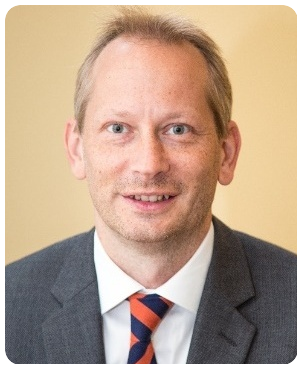
Biography
Prof. Leroy Gardner is Professor of Structural Engineering at Imperial College London and Fellow of the Royal Academy of Engineering. He is engaged in teaching at both undergraduate and postgraduate level, industry training, specialist advisory work and leading an active research group in structural engineering.
Prof. Gardner's principal research interests relate to the testing, simulation, analysis, design and construction of steel structures, on which he has co-authored 4 textbooks, 7 book chapters and over 400 technical papers. He is Editor-in-Chief of two international journals and serves on a number of code committees in Europe and the US. Prof. Gardner was awarded the IABSE prize in 2017 and was appointed Distinguished Visiting Professor at Tsinghua University in 2018.

Biography
Prof. Pietro Lura is Head of the Concrete and Construction Chemistry Laboratory since 2008 and professor at ETH Zurich, Institute of Building Materials, since 2011. He received his MS in 1998 from the University of Brescia, Italy, and his PhD in 2003 from the Delft University of Technology, The Netherlands. He has been assistant professor at the Technical University of Denmark (2003-6), visiting researcher at the National Institute for Standard and Technology (2002) and at Purdue University (2005), and patent examiner at the European Patent Office in Munich, Germany (2006-8).
His research interests include hydration and early-age properties of concrete, in particular microstructure development, shrinkage, setting, early-age cracking and internal curing. In these fields he has done important contributions to both understanding of the fundamental mechanisms and to advancement in the state of the art. His work on measuring techniques of autogenous deformation earned him two awards from the Transportation Research Board, the Bryant Mather Award in 2006 and the Fred Burggraf Award in 2007. For his work on internal curing he received the American Concrete Institute Wason Medal for Materials Research in 2007. He received for the second time the ACI Wason Medal in 2009 for his contribution to the understanding of the mechanisms of plastic shrinkage cracking. In 2009 he also received RILEM L’Hermite Medal in recognition of his outstanding contribution to the study of the early-age behavior and volume instability of cement-based materials.
Additional research interests are fire resistance of concrete, degradation mechanisms, transport properties, cement-bitumen emulsion composites and 3D imaging (mainly with X-rays and neutrons).
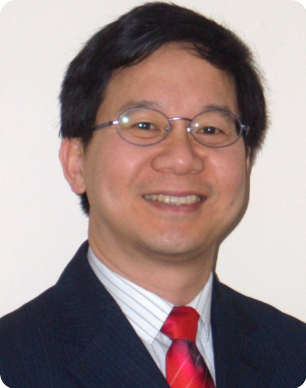
Biography
Prof. Caijun Shi, a foreign member of the Engineering Academy of Ukraine, is currently a Chair Professor of College of civil Engineering, Hunan University. He is the founding Editor-in-Chief of the Journal of Sustainable Cement-based Materials. Prof. Shi is past vice president of Asian Concrete Federation (2017-2020) and a member of many technical committees within ACI, RILEM and ACF, Vice President of Cement Division and Executive Director of Solid Waste Division of Chinese Ceramic Society, Vice President of Building Materials Division of Chinese Architect Society, and Chair for UHPC Technical Committee of Chinese Civil Engineering Society. His research interests include characterization and utilization of industrial by-products and waste materials, design and testing of cement and concrete materials, development and evaluation of cement additives and concrete admixtures, and solid and hazardous waste management. In recognizing his contributions to research in waste management and concrete technology, he was elected as a fellow of International Energy Foundation in 2001, a fellow of American Concrete Institute in 2007, and a fellow of RILEM in 2016.
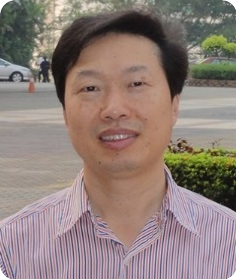
Biography
Prof. Chengqing Wu, is currently working in School of Civil and Environmental Engineering, the University of Technology Sydney, Australia. He is internationally-respected for his research in the development of cement/non-cement based ultra-high performance concrete (UHPC) against blast and impact loads. Since he obtained his Ph.D from School of Civil and Environmental Engineering, Nanyang Technical University, Singapore in 2002, Professor Wu has completed a number of research projects related to blast and impact loading effects on above and underground structures, mitigation of blast effects on structures and the development of ultra-high performance concrete against blast and impact loads. Professor Wu is an associate editor of ASCE Journal of Performance of Constructed Facilities and the Chair of the Australian Chapter of the International Association of Protective Structures from 2013 to 2017. He successfully organized several international conferences such as the 4th International Conference of Protective Structures (ICPS 2016) and the 8th and 13th International Conferences on Shock & Impact Loads on Structures, (SILOS 2009 and SILOS 2019). He guest-edited several special issues of Journal of Performance for Constructed Facilities, ASCE and International Journal of Protective Structures. Professor Wu has also published a book “Development of Ultra-High Performance Concrete against Blasts” (2018) and over 200 referred international journal papers.

Biography
Prof. Jie Yang is Professor in Engineering in the School of Engineering, RMIT University, Australia. He was a Postdoctoral Research Fellow at Department of Civil Engineering, the University of Queensland from 2002-2004, a Lecturer at the Department of Building and Construction, City University of Hong Kong from 2004-2007 before joining RMIT in 2008 as a Lecturer where he was promoted to full Professor in 2016. His main research interests include advanced composite structures, nanocomposites reinforced with carbon nanotubes or graphene, metamaterial structures, structural stability and dynamics, smart structures and control, and nano/micro-mechanics. Prof Yang is an author of over 400 papers including 252 international journal papers. His publications have attracted over 16800 citations with h-index 75 (Google Scholar). He is a Highly Cited Researcher in 2019, 2020, 2021 by Clarivate Analytics and is named by Australian Research Magazine as Global Field Leader in Mechanical Engineering in 2020, Australia’s Research Field Leader in Mechanical Engineering in 2019, 2020, 2021, and Australia’s Research Field Leader in Structural Engineering in 2021. Prof Yang also serves as the Editor-in-Chief of Engineering Structures (JCR Q1), the Associate Editor and Editorial Board Member for many other international journals.
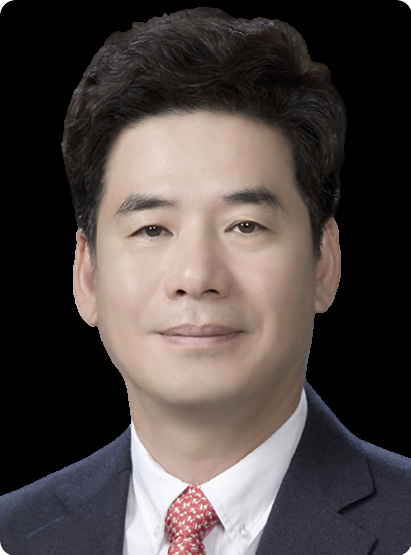
Biography
Dr. Sung-min CHO received his BS, MSc and Ph.D. degrees in civil engineering from Seoul National University, South Korea. He has been working for over 25 years in the fields of engineering technology and infrastructure policy mainly related to roads and transport. He has participated in numerous road construction projects including the longest bridge project in Korea and a number of global projects. He currently serves as the head of the government R&D project for smart constructions, the largest research program in the construction sector in Korea. He is the director general of Center for Smart Construction Technology, and Korea Expressway Corporation (Authority for National Express System of Korea).
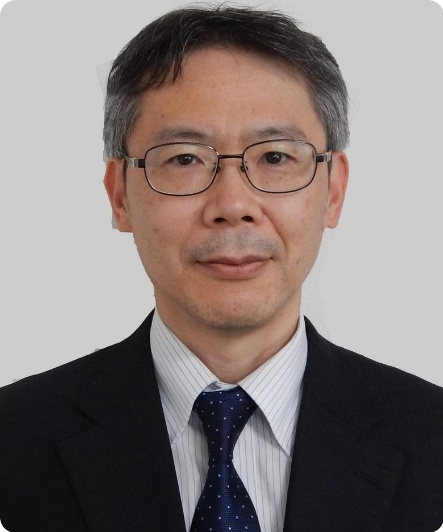
Biography
Prof. Jun Sasaki is a professor of Socio-Cultural Environmental Studies, Graduate School of Frontier Sciences, the University of Tokyo. He got a Doctoral degree 1996 in Civil Engineering from the University of Tokyo and started his academic career as a research associate at the same university in 1997. After serving at Yokohama National University for nearly 11 years, he has joined the present department since 2013.
His main research areas are estuarine environments and the sustainability of coastal areas in developing countries. In the former one, he has been involved in predicting and evaluating estuarine environmental processes by integrating pelagic and benthic physical and biogeochemical processes, which are to be utilized for planning better environmental restoration and management. Currently, he is leading a collaborative project on the evaluation of blue carbon in urban bays.
He is currently serving as the chair of the coastal engineering committee, Japan Society of Civil Engineers. He also has experience in supporting policymaking in government committees, such as the social implementation of blue carbon at the Ministry of Land, Infrastructure, Transport and Tourism as the chair, the future of environmental policy in enclosed coastal waters at the Ministry of the Environment, coral reef restoration in Fisheries Agency, and Natural Restoration Expert Committee organized by these three ministries. He has also been involved in a social implementation of habitat restoration in Tokyo Bay by leading the Project Team for Creation of Habitat under the Public-Private Cooperation Forum for Tokyo-Bay Restoration

Biography
Prof. D.-S. Jeng is Professor in the School of Engineering and Built Environment, Griffith University Gold Coast Campus, Australia. Prof Jeng obtained his PhD from The University Western Australia (UWA), Australia in 1997. He was a Postdoctoral Research Fellow at ARC Special research Centre for Offshore Foundation System, UWA during 1997-1999, a Lecturer/Senior Lecturer at School of Engineering, Griffith University during 1997-2004, a Senior Lecturer/Associate Professor at School of Civil Engineering, The University of System during 2004-2007, NRP Chair in Civil Engineering, Department of Civil Engineering, University of Dundee, UK during 2007-2013, before re-joining Griffith University in 2013 as a Professor.
His principal research interests include coastal geotechnical engineering, porous flow, groundwater hydrodynamic in coastal aquifers, offshore wind energy, and application of artificial neural network modelling in civil engineering. He has published 3 books, 10 book chapters and over 350 journal articles. He is editor-in-Chief of Soil Dynamics and Earthquake Engineering, Editor of Engineering Application of Artificial Intelligence, Associate Editor of Applied Ocean Research, ASCE Journal of Waterways, Port, Coastal & Ocean Engineering, Advances in Water Resources, and Editorial Board member for another four international journals.
Abstract
Considerable efforts have been devoted to the topic of wave-seabed interactions in the vicinity of marine infrastructures recently because of growing offshore activities. Most existing studies have based on one-way coupling approach, the present paper proposes a new two-way coupling algorithm to overcome the contradiction at the fluid-sediment interface between physical process and the existing theoretical models. The proposed new model is validated with existing experimental data. Numerical results indicate that the seabed responses obtained by the two-way coupling model are slightly lower than that of the one-way coupling model. Four different marine infrastructures are considered as engineering applications of the present model, including submerged breakwaters, offshore pipelines, mono-pile and dumbbell cofferdam. The first two are 2D cases, while the last two are 3D cases. Based on the numerical examples, the difference between two coupling algorithms is significant around the structures, compared with the case without a structure.
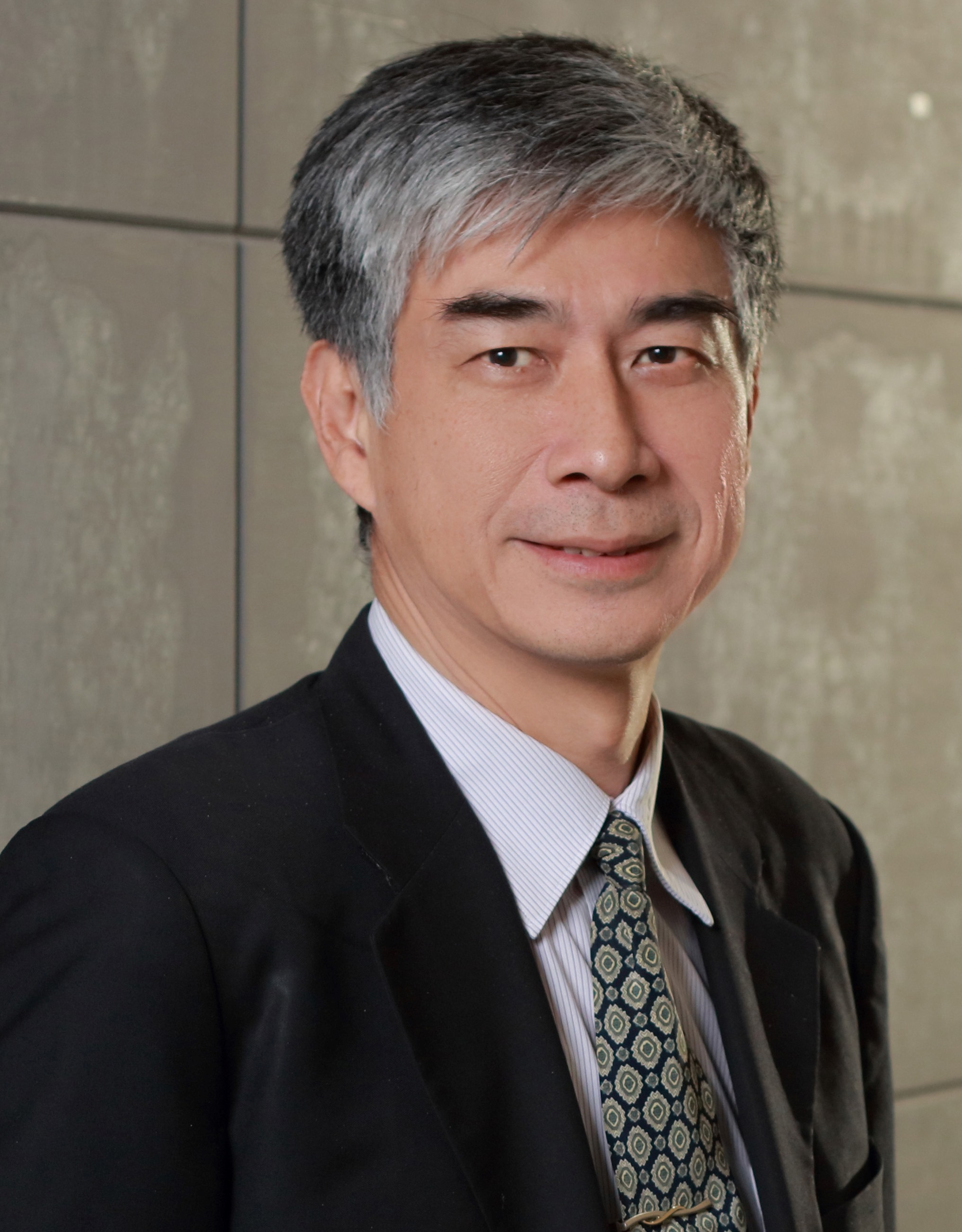
Biography
Dr. Hsieh is a Professor in the Computer-Aided Engineering Division of Department of Civil Engineering at National Taiwan University (NTU), Taipei, Taiwan. He is currently serving as Chairman of Department of Civil Engineering in NTU and Director of the Research Center for Building & Infrastructure Information Modeling and Management in the Department. He is a member of Board of Directors (BOD) of the International Society for Computing in Civil and Building Engineering since 1999 and served as the society's President from 2006 to 2008. He is also the BOD members of the Asian Group for Civil Engineering Informatics (since 2013) and the International Consortium of Construction Engineering and Project Management (since 2021). Due to his contributions to academic research, international cooperation, and construction industry's digital transformation practice, Dr. Hsieh was elected as an Associate Member of the Russian International Academy of Engineering in 2021. He has a wide range of research interests, including intelligent engineering & construction modeling and simulation, engineering information & knowledge management systems, and innovative engineering education.
More keynote speakers will be updated soon